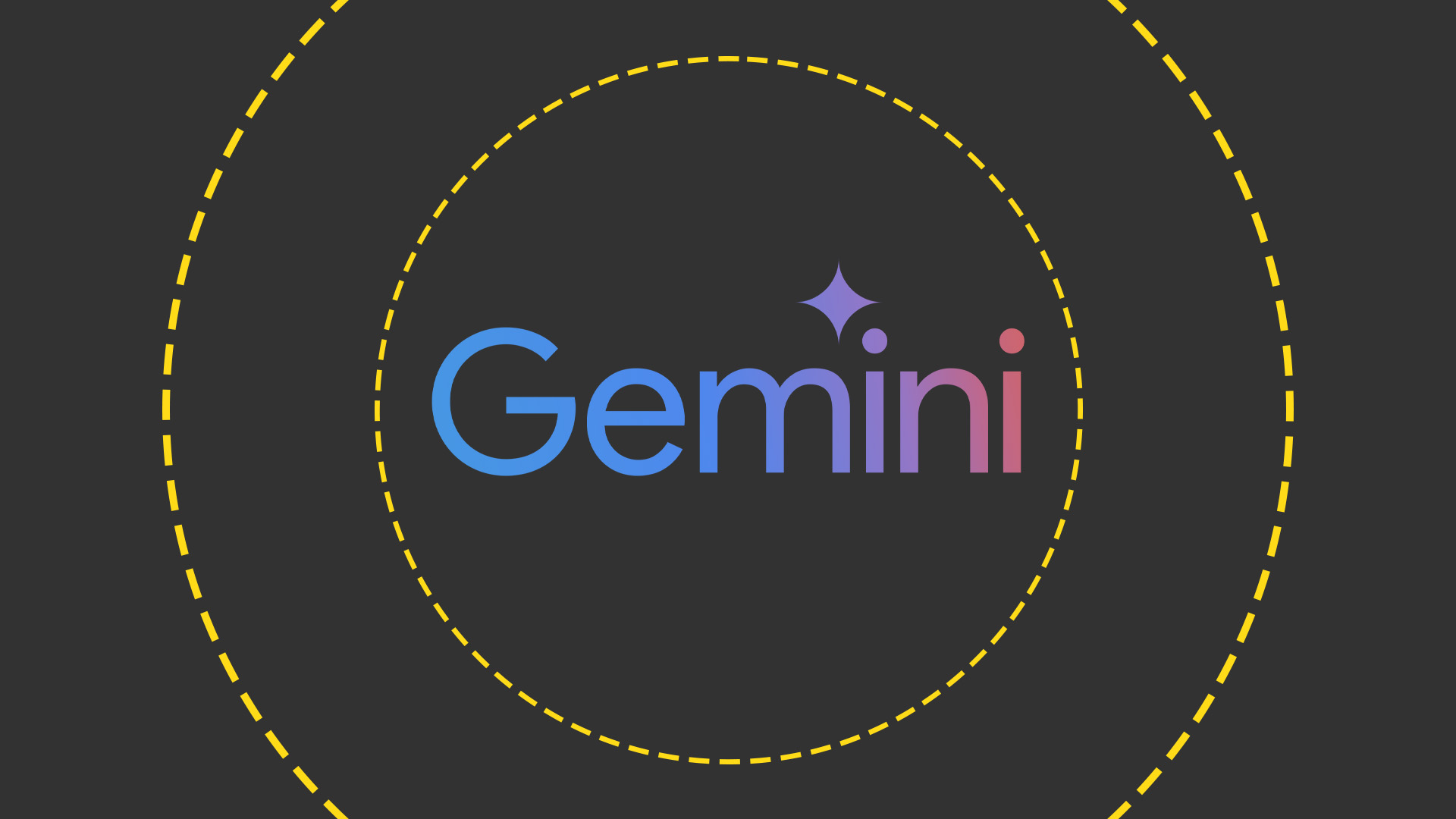Samsung Galaxy (i7500) review
Is Samsung's first foray into Android territory, the Galaxy (i7500) out of this world or just another wannabe?

The Galaxy is a valiant attempt by Samsung. It's a nice looking phone with the latest version of the Android OS and all the spoils that offers. However, it's got quite a way to go before it catches up on HTC's envious head start in this space. We grew to like the Galaxy a lot during our time with it - the arguments and swearing are essential to any good friendship, after all - but, alas, we didn't fall truly, madly, deeply in love with it.

All in all, Samsung hasn't done too badly on the looks front, especially when you compare it to the other Androids out there. Its vital statistics are even more pleasing with the handset showing off a svelte 11.9mm thin figure that's 56mm wide and 115mm long. It weighs in at a very lightweight 116g.
The handset also comes with a protective cover (a bit like a leather sock), which serves to protect it from damage. However, it does render the phone quite unusable with it on, with only a gap for the speaker rather than any of the other controls. This means you have to take it out of the sock each time you want to use it, which means the slippery casing/finger marks situation presents itself again in all its glory.
Onto the interface, Samsung hasn't added any bells or whistles, or widgets for that matter, onto the Android 1.5 (AKA Cupcake) skin, meaning it doesn't really offer anything new to users. It's times like these that the Android Market really comes into its own as business and consumer users alike can download the apps that really matter to them on the base interface.
Vanilla interface
As an Android handset, the usual suspects are on offer, such as a web kit-based browser, Google Talk, Google Maps, and contacts behave in the same way you'd expect them to.
We had a few issues setting up Gmail on our handset, but it handled the set-up of Hotmail perfectly speedily and also supports other POP3 and IMAP-based email accounts.
We also couldn't get the calendar to launch either, which was a massive shame, particularly as it's said to be capable of supporting more than one.
However, on a more positive note, we found the Switchers button on the home page quite useful for turning on/off connectivity such as Wi-Fi or Bluetooth at a glance. It's certainly much more preferable than digging around in a settings menu.
Sign up today and you will receive a free copy of our Future Focus 2025 report - the leading guidance on AI, cybersecurity and other IT challenges as per 700+ senior executives
Maggie has been a journalist since 1999, starting her career as an editorial assistant on then-weekly magazine Computing, before working her way up to senior reporter level. In 2006, just weeks before ITPro was launched, Maggie joined Dennis Publishing as a reporter. Having worked her way up to editor of ITPro, she was appointed group editor of CloudPro and ITPro in April 2012. She became the editorial director and took responsibility for ChannelPro, in 2016.
Her areas of particular interest, aside from cloud, include management and C-level issues, the business value of technology, green and environmental issues and careers to name but a few.
-
 84% of software developers are now using AI, but nearly half 'don't trust' the technology over accuracy concerns
84% of software developers are now using AI, but nearly half 'don't trust' the technology over accuracy concernsNews AI coding tools are delivering benefits for developers, but they’re still worried about security and compliance
By Ross Kelly Published
-
 US companies dominate the European cloud market – regional players are left fighting for scraps
US companies dominate the European cloud market – regional players are left fighting for scrapsNews Synergy data shows EU providers hold just 15% of the market despite rise in AI and drive for cloud sovereignty
By Nicole Kobie Published
-
 A flaw in Google’s new Gemini CLI tool could’ve allowed hackers to exfiltrate data
A flaw in Google’s new Gemini CLI tool could’ve allowed hackers to exfiltrate dataNews The company has moved to fix a vulnerability that allowed the execution of malicious code
By Emma Woollacott Published
